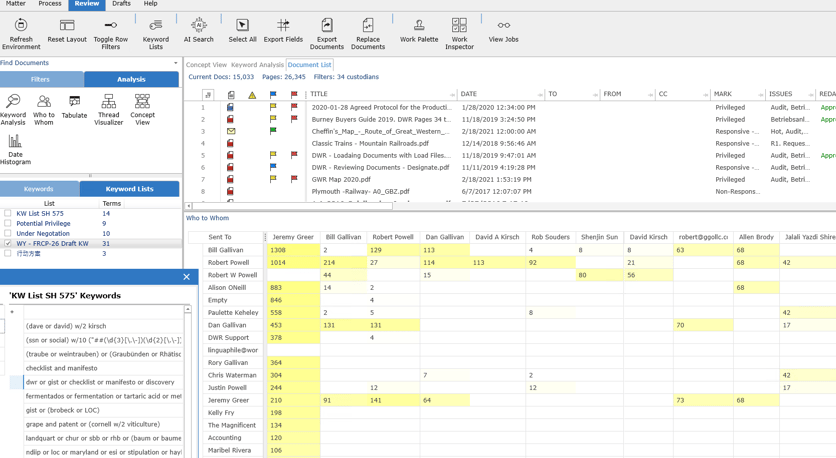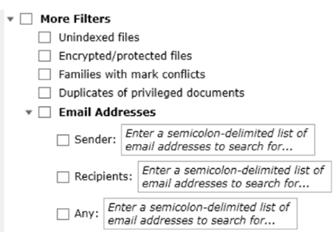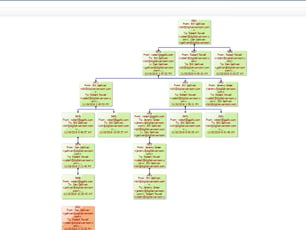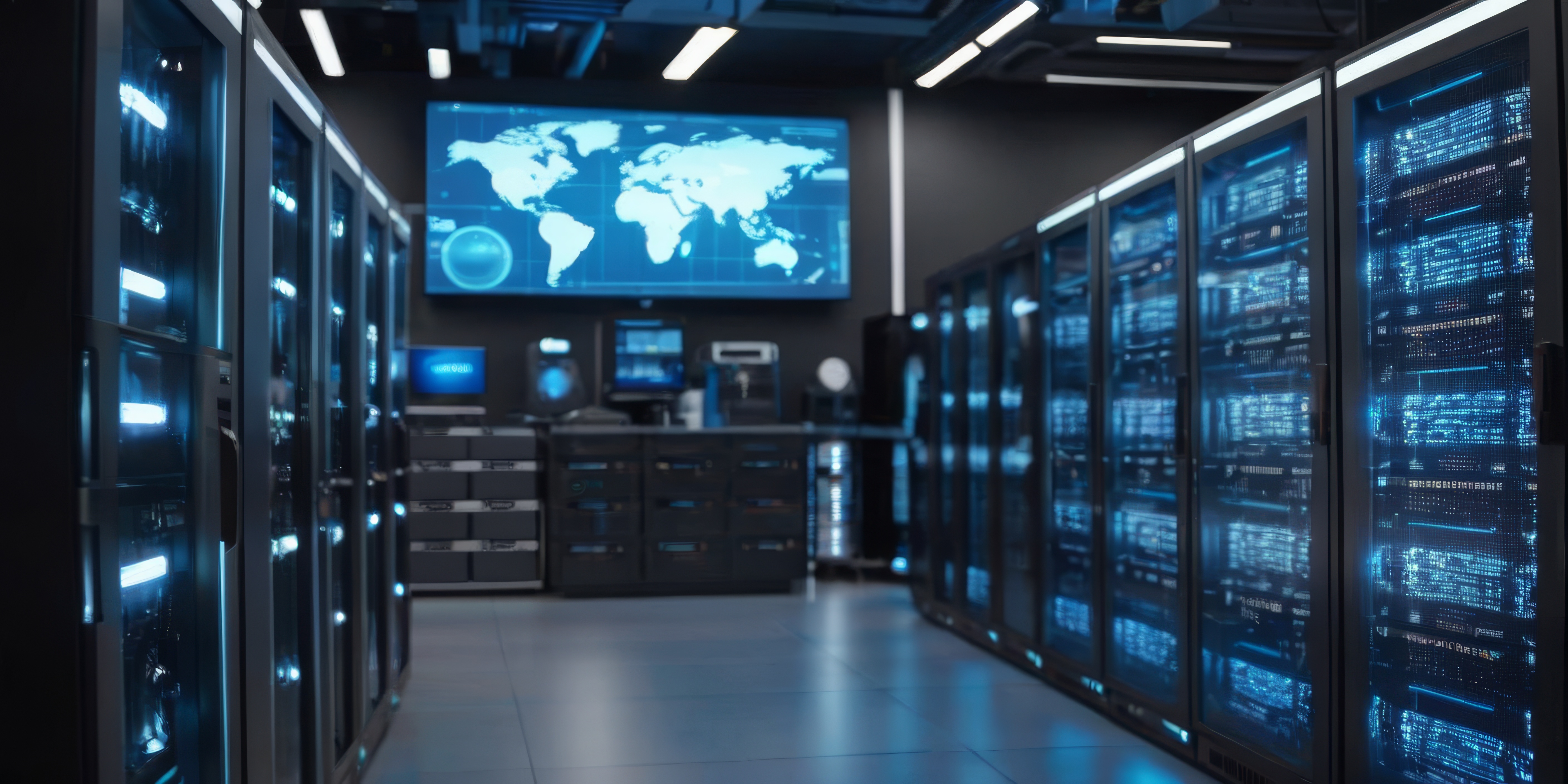The Challenges of Managing Email and Attachments in eDiscovery
DWR recently examined our 2000 recent matters comprising over 150 million document records and found a not so surprising result: Email and attachments make up 80% of the total documents. Applying the 80/20 rule to eDiscovery suggests that the most important features in any eDiscovery offering require a robust and efficient system to handle analysis and management of email
There may be complex email threads and conversations that need to be reconstructed accurately. This can be challenging, especially when dealing with multiple participants and different versions of the same email.
Tools and Techniques for Efficient eDiscovery
To efficiently manage email and attachments in eDiscovery, there are various tools and techniques available. DWR tools help streamline the process and enhance productivity.
#1 Identifying the key players and topics of conversation: DWR Analysis reports quickly define who is communicating with whom and how often. Add sets of keywords and you will know who is talking to whom about what. This can be especially helpful when defining deponents or looking for gaps in preservation.

 #2 Domain analysis: Utilizing advanced email search capabilities based on specific parameters like sender, recipient, date range, or keywords can efficiently narrow down results and pinpoint relevant documents. Delve into email domains of law firms and attorneys to uncover potentially privileged information. To focus solely on emails from the Plaintiffs company, utilize domain searching with just @plantiffscompany.com to hone in on pertinent conversations related to your legal dispute.
#2 Domain analysis: Utilizing advanced email search capabilities based on specific parameters like sender, recipient, date range, or keywords can efficiently narrow down results and pinpoint relevant documents. Delve into email domains of law firms and attorneys to uncover potentially privileged information. To focus solely on emails from the Plaintiffs company, utilize domain searching with just @plantiffscompany.com to hone in on pertinent conversations related to your legal dispute.
#3. Near- deduping for email: Eliminating duplicate copies of emails and attachments through email deduplication can be a challenging task. DWR's advanced technology ensures that duplicates are accurately identified across various time zones and with different sender and recipient metadata. Prior to deduplication, DWR preserves a comprehensive list of all email senders and recipients, enhancing the efficiency of the process.
#4. Thread Management and longest threads:  Email threading technology can be used to reconstruct email conversations and group related messages together. This simplifies the review process and improves the overall efficiency of eDiscovery. In DWR, longest thread is shorthand for emails that are not wholly contained within other emails. Mid tread email attachments are included.
Email threading technology can be used to reconstruct email conversations and group related messages together. This simplifies the review process and improves the overall efficiency of eDiscovery. In DWR, longest thread is shorthand for emails that are not wholly contained within other emails. Mid tread email attachments are included.
Overall, leveraging these tools and techniques can significantly improve the efficiency and effectiveness of managing email and attachments in eDiscovery.
Best Practices for Handling Email and Attachments in eDiscovery
When it comes to handling email and attachments in eDiscovery, following best practices is crucial to ensure accuracy, efficiency, and compliance.
It is essential to maintain the integrity of email and attachment metadata. This includes preserving information such as sender, recipient, date, and time of transmission. This metadata can be valuable during the eDiscovery process for establishing context and authenticity.
Furthermore, documenting the entire eDiscovery process is essential. This includes recording the steps taken, tools used, and decisions made during the process. This documentation can be crucial for legal purposes, demonstrating the defensibility and integrity of the eDiscovery process. Download the DWR eDiscovery Checklist Manifesto to ensure you have considered all steps to be documented.
By following these best practices, organizations can ensure a smooth and compliant handling of email and attachments in eDiscovery.
Future Trends in eDiscovery Technology
The field of eDiscovery is continuously evolving, and there are several future trends to watch out for in terms of technology.
One trend is the increasing use of artificial intelligence (AI) and machine learning (ML) in eDiscovery. These technologies can automate and streamline various tasks, such as document classification, predictive coding, and data analysis. By leveraging AI and ML, eDiscovery processes can become faster, more accurate, and cost-effective. Beware of how your AI tools are interpreting your questions. Closed clean datasets with no ability to create, synthesize or hallucinate emails are REQUIRED. "I didn't know" is no longer a defense for synthetic emails (or caselaw).
The rise of mobile devices and communication channels presents new challenges and opportunities in eDiscovery. As more communication occurs through mobile apps and messaging platforms, DWR eDiscovery tools are adapting to collect and analyze data from these sources.
Lastly, there is a growing emphasis on data privacy and compliance regulations, such as the General Data Protection Regulation (GDPR). eDiscovery technologies need to incorporate robust privacy features and ensure sub processor compliance with these regulations to protect sensitive information. In response to DWR customers requirements and GDPR, DWR does not use sub processors like AWS and MS Azure.
If eDiscovery was a genre of songs, we would say its all about the email base, the email base. Listen closely to the conversations surrounding your dispute.
-1.png?width=400&height=164&name=DWRLogoClassic%20-%20Copy%20(2)-1.png)









Comment On This Article